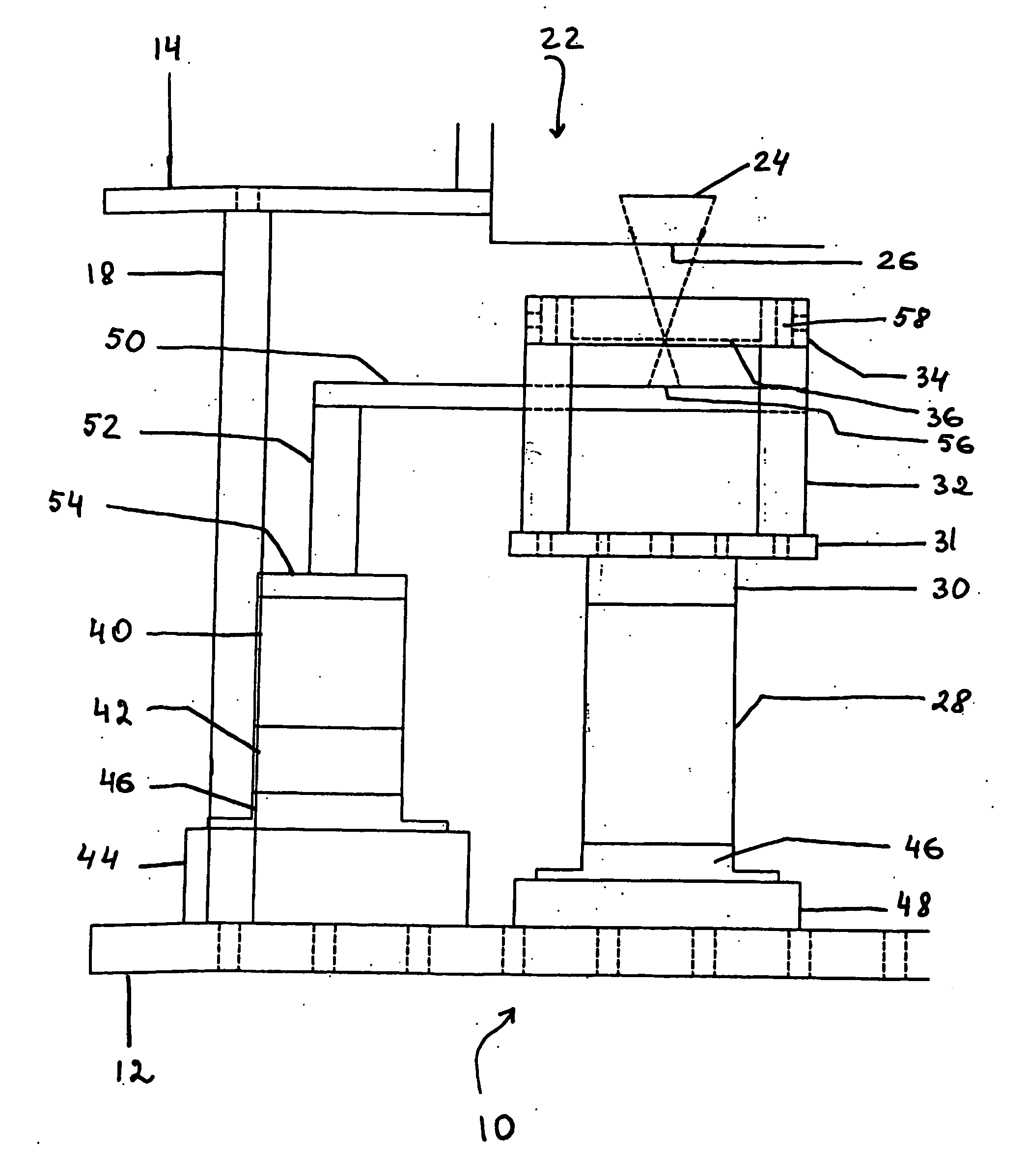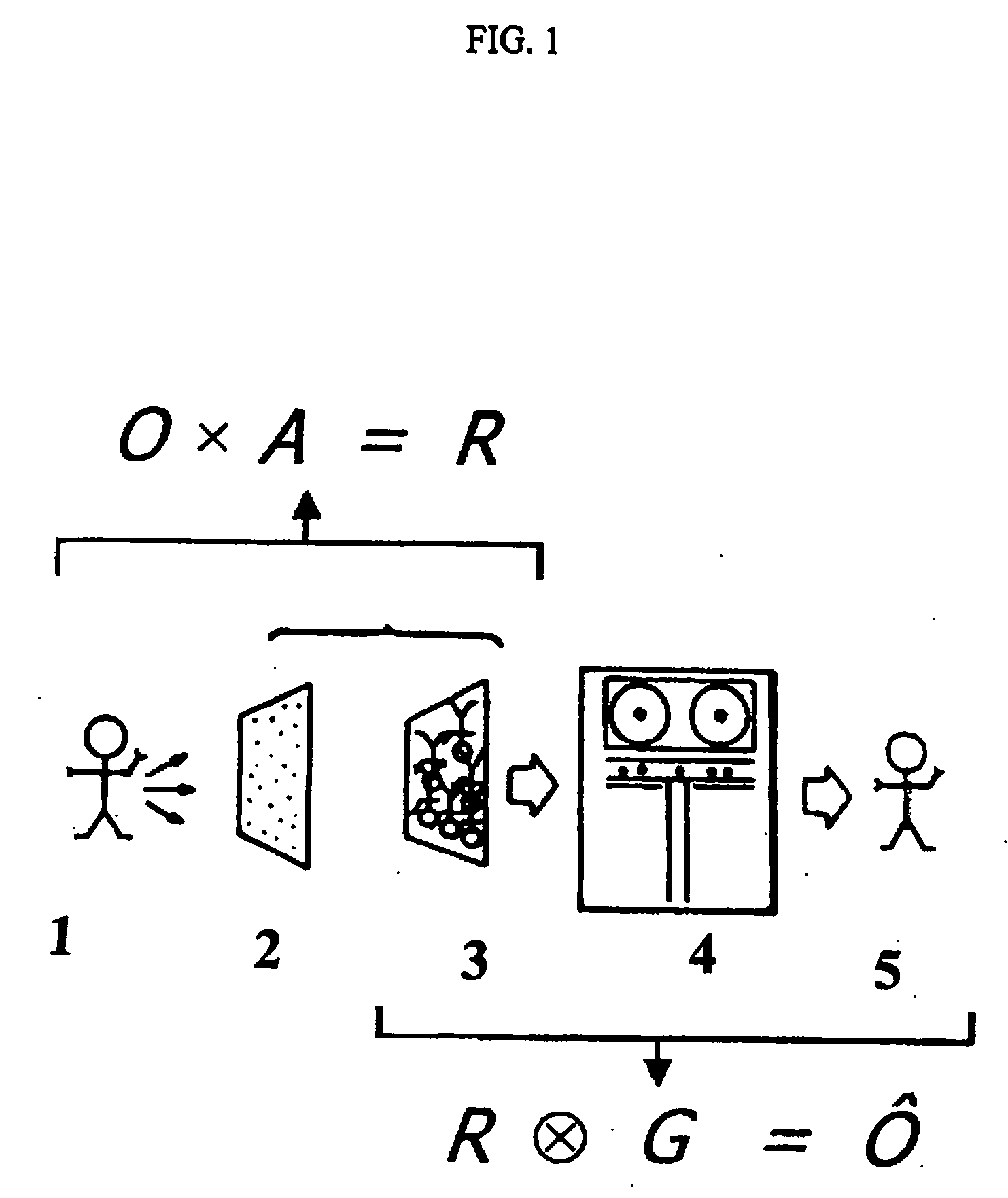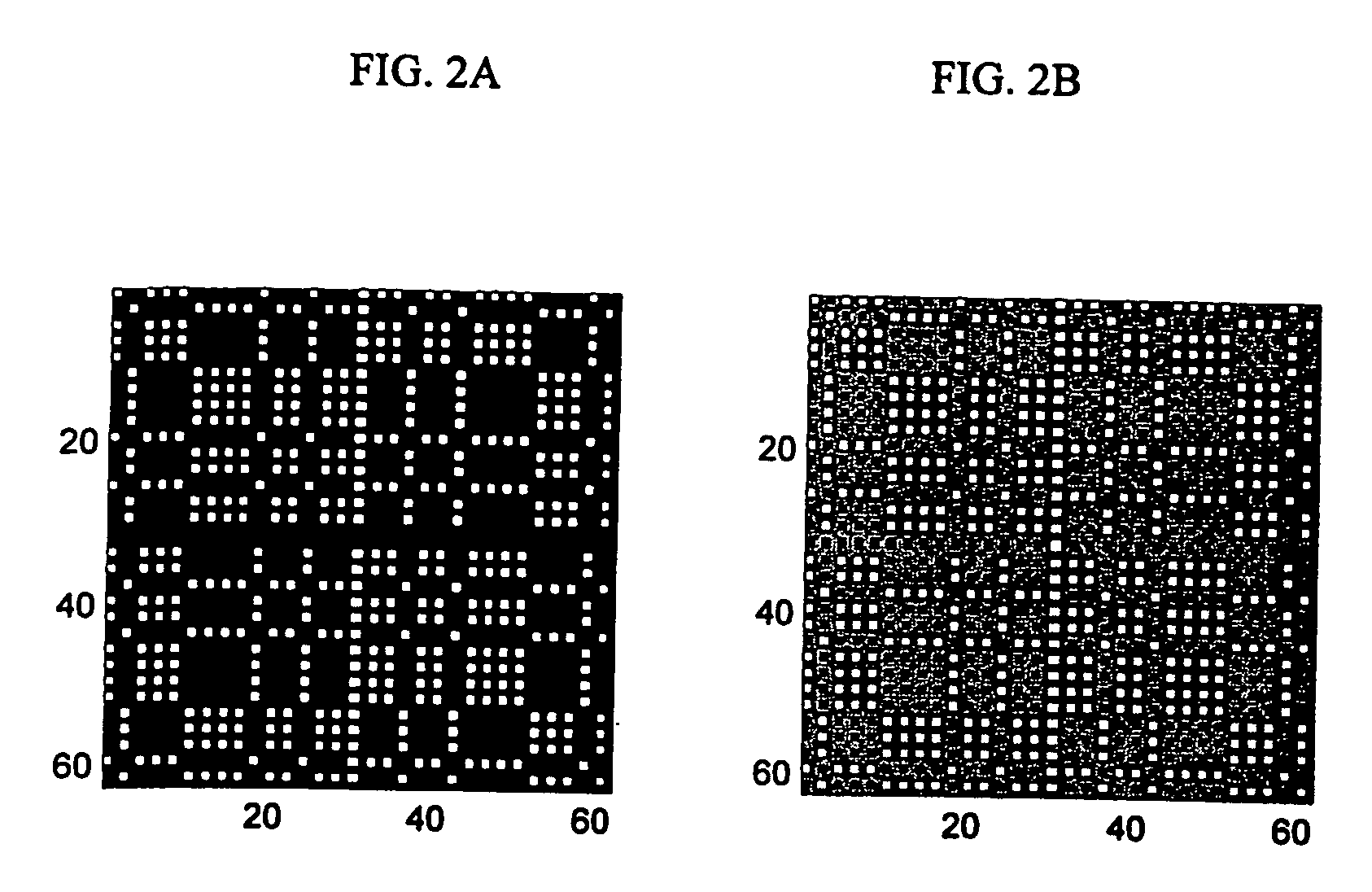Soft x-ray imager with ten micrometer resolution
a soft x-ray imager and resolution technology, applied in the field of imaging of radiationemitting objects, can solve the problems of limited fov, limited number and magnification, and limited material thickness, so as to reduce penetration and increase detection efficiency
- Summary
- Abstract
- Description
- Claims
- Application Information
AI Technical Summary
Benefits of technology
Problems solved by technology
Method used
Image
Examples
Embodiment Construction
[0059] The invention was driven by the desire to develop a device capable of imaging objects on a scale of 280 microns or less. In the present invention, the synergy is achieved by the combination of low-energy photons (to obtain reduced penetration and high detection efficiency), a CCD detector (to obtain high-resolution), and coded aperture optics (to obtain high sensitivity and SNR). The low penetration of 3-10 keV photons in heavy materials opens the opportunity of designing high-resolution optics. The small solid angles involved cause low sensitivity but counts can be recovered with a desired coded aperture. A tool capable of imaging directly not large molecules, but single atoms, in a relatively short time, is appealing because of its potential for translating molecular imaging techniques to the space scale of a human somatic cell, thus making a powerful modality available to investigators in basic life science research.
[0060] The present invention can be used to study object...
PUM
 Login to View More
Login to View More Abstract
Description
Claims
Application Information
 Login to View More
Login to View More - R&D
- Intellectual Property
- Life Sciences
- Materials
- Tech Scout
- Unparalleled Data Quality
- Higher Quality Content
- 60% Fewer Hallucinations
Browse by: Latest US Patents, China's latest patents, Technical Efficacy Thesaurus, Application Domain, Technology Topic, Popular Technical Reports.
© 2025 PatSnap. All rights reserved.Legal|Privacy policy|Modern Slavery Act Transparency Statement|Sitemap|About US| Contact US: help@patsnap.com



